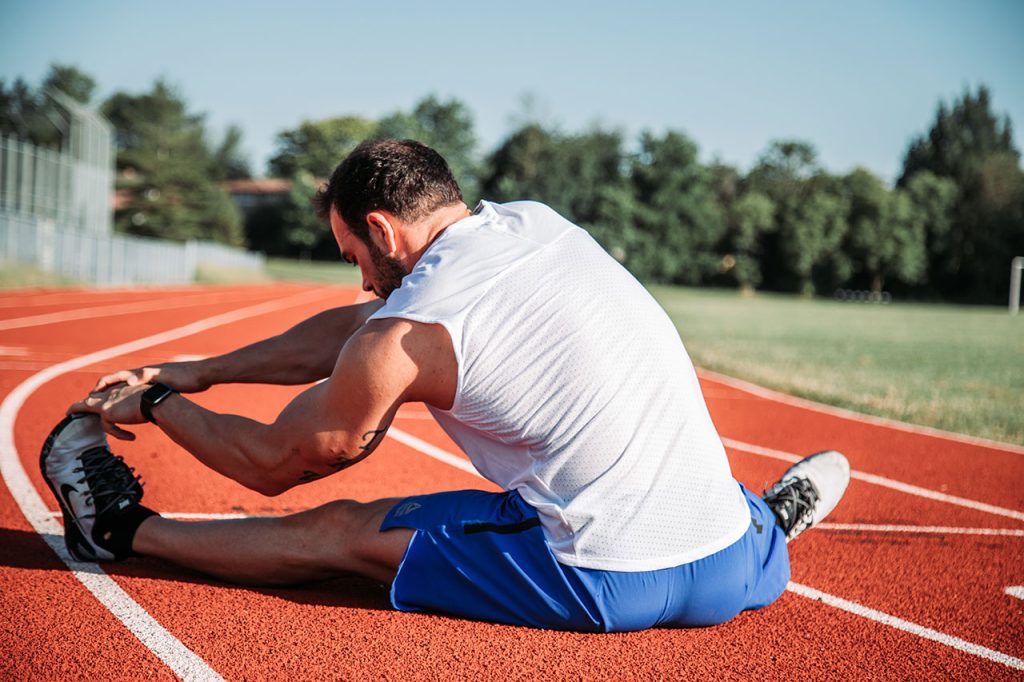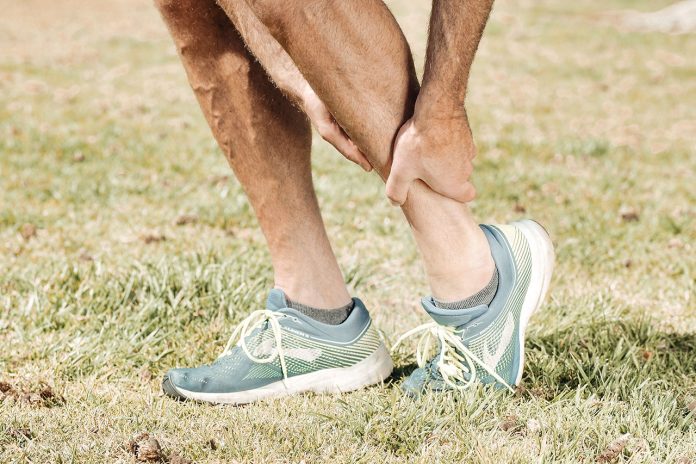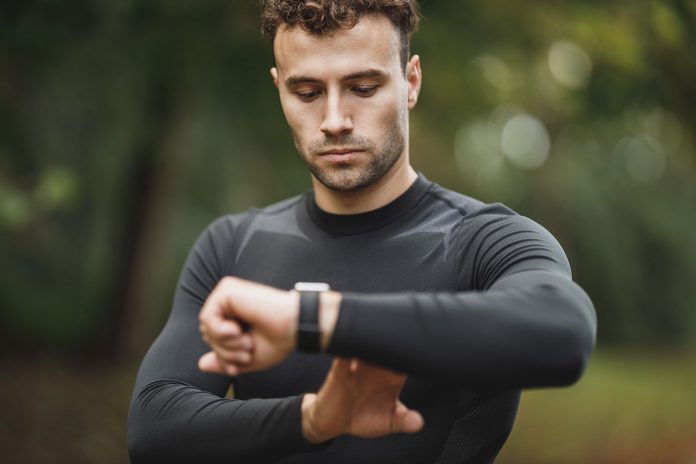Running delivers unmatched health benefits, but also brings a high injury risk if you don’t take proper precautions. An estimated 65% of recreational runners get injured in a given year. The most problematic injuries occur in the knees, lower back, ankles, and feet. However, implementing injury prevention best practices and promptly treating any pain can help you continue running safely long-term. Follow these tips to manage and overcome running’s top offenders.
Table of Contents
You may also want to know: The Complete Guide to Start Running for Better Health
Preventing Common Running Injuries
A proactive, full-body approach trains the muscles and joints to handle running’s repetitive impact. Focus on these areas to build injury resilience:
Proper Running Form
Good form starts with a tall posture and engaged core, landing softly under your hips with each step. Increase cadence, take shorter strides, and avoid overstriding, which causes harsh heel strikes. Aim for a smooth, light foot strike landing beneath your center of mass. Observe yourself in a mirror or record a video to correct poor form. Consider gait analysis to optimize mechanics.
Gradually Increase Mileage
The most frequent mistake is ramping up distance or intensity too quickly. Follow the 10% rule, limiting weekly increases in mileage to 10% of the previous week’s total. Give your body adequate rest and recovery between runs. Take 1-2 rest days weekly and cut back mileage every few weeks to avoid overtraining.
Strengthen Lower Body and Core
Hip, glute, quad, and core exercises build essential stability and injury resistance. Prioritize exercises like squats, lunges, and planks daily. Single-leg exercises improve balance and prevent muscle imbalances. Do strength training 2-3 days a week and stretch after workouts.
Proper Rest and Nutrition
Sleep at least 7 hours nightly for tissue repair and full recovery. Eat a balanced diet with adequate calories, protein, healthy fats, and nutrients for bone, muscle, and joint health. Stay well hydrated before, during, and after runs. Listen to pain signals and take rest days when needed.
Select the Right Running Shoes
A local running specialty store can analyze your gait and foot type for personalized shoe recommendations. Replace shoes every 300-500 miles when cushioning breaks down. Rotate two pairs to lengthen shoe life. For trail runs, use shoes with more traction and stability.
How to Choose the Right Running Shoes

Common Running Injuries and Treatment
If pain emerges, treat it quickly to promote healing and prevent re-injury.
Runner’s Knee (PFP)
Knee pain around or under the kneecap affects 25% of runners. Weak quads and tight connective tissues worsen patellofemoral pain (PFP).
Treatment: Rest, ice, anti-inflammatories. Stretch and massage the quads, hamstrings, and calves. Low-impact cross-training until pain resolves. Knee straps can provide extra patellar support.
Plantar Fasciitis
Heel and foot arch pain strikes 10-15% of runners due to strained plantar fascia ligaments. Caused by tight calves/hamstrings and excessive pronation.
Treatment: Roll your foot over frozen water bottle or golf ball. Stretch calves/hamstrings multiple times daily. Wear supportive shoes with orthotics. Night splints keep the plantar fascia stretched while sleeping.
Achilles Tendinitis
Inflammation and microtears in the Achilles tendon from overuse. Causes heel/lower calf pain. Risk increases with intense hill workouts.
Treatment: Ice, massage, rest from aggravating activity. Heel lifts shift strain to calf muscles. Eccentric heel drops and calf stretches strengthen and stretch the Achilles.
Shin Splints
Shin pain along the tibia bone results from muscle imbalances and overtraining. Affects 10-15% of runners.
Treatment: Rest, ice after activity. Foam roll and stretch calves, ankles, and feet. Evaluate running form. Transition to lower-impact surfaces until healed.
Stress Fractures
Cracks and tiny fractures in bone from repetitive impact. Feels like localized pain that intensifies while running. Common in metatarsals and tibia.
Treatment: See a doctor for x-rays or MRI to diagnose. Immobilize foot in boot for 4-8 weeks for complete healing. Cross-train to maintain fitness without foot impact.
Ankle Sprains
Rolled ankles from uneven surfaces. Collateral ligaments get overstretched. Symptoms include tenderness, swelling, and instability.
Treatment: RICE – Rest, ice, compression wrap, elevation immediately after injury. Immobilize with a brace and transition to an ankle support sleeve. Do ankle rehab exercises before running again.
IT Band Syndrome
Lateral knee pain when the iliotibial band tightens from repetitive flexion and extension. Often stems from weak glutes/core and causes inflammation around the knee joint.
Treatment: Rest, ice, ibuprofen. Foam roll IT band and stretch hips, especially glutes and abductors. Low or non-impact crosstraining until pain and inflammation subside.
Runner’s GI Issues
Diarrhea, abdominal cramps, and urgency to defecate, usually stemming from reduced blood flow to intestines and gut jostling during runs.
Treatment: Avoid NSAIDs, caffeine, milk, and high-fiber, and high-fat foods before runs. Stay hydrated and fuel early in runs. Light stretching may help. Consider anti-diarrheal medication.
Nerve Issues
Numbness or tingling in feet, ankles, or lower leg caused by compression from swelling or inflammation.
Treatment: Shake out legs frequently on long runs and elevate them afterward. Massage and stretch calves, wear compression socks. Review shoe fit. See a doctor if symptoms persist.

Staying Injury-Free Long-Term
While the remedies above provide relief for each specific injury, certain training modifications help prevent a recurrence long-term:
- Continue hip, core, and lower body strengthening exercises
- Improve any biomechanical deficiencies with gait analysis and custom orthotics
- Work with a physical therapist or coach on proper running form
- Build mileage conservatively and avoid increasing distance by more than 10% weekly
- Rotate between different shoes on different runs
- Listen to pain signals right away and avoid training through moderate or severe pain
- Cross-train with swimming, cycling, or other non-impact activities 1-2 days per week
- Stretch regularly before and after running especially calves, hamstrings, hips, and IT band
- Get soft tissue work, like massage, ART, or Graston technique regularly
Prioritizing injury prevention enhances your running performance without compromises. When pain flares up, treat it immediately and rehabilitate fully. Gradually ease back into training so you can continue reaping running’s rewards pain-free. Consult sports medicine professionals if you experience multiple recurring injuries. Stay proactive and focused on building whole-body resilience so you can run healthy for many years.

Related Links:
https://en.wikipedia.org/wiki/Running




